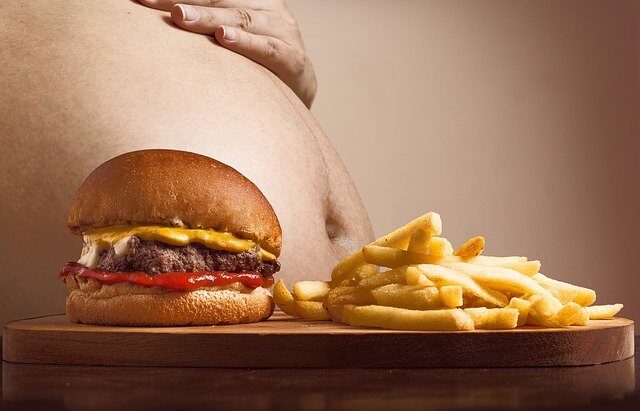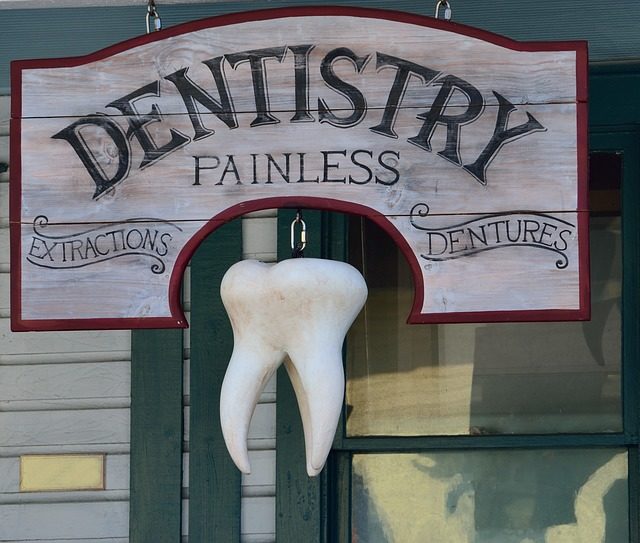It’s time for your driver’s license renewal, and you may be a little worried about passing the DMV vision test. Maybe your eyesight isn’t quite as good as it used to be, or you might have to squint to see objects far away. Perhaps you got a new pair of glasses, and you wonder if it will help you pass the test with flying colors. Here is some insight that can help you in your query of how beat the eye test at the dmv.
Over 9000 American Men and Women Improved their Vision uptill now
How the DMV Vision Test Works
When a person goes to the license bureau to get their new license, they will have their vision tested. The first test given is of letter or numbers that start out large and get smaller on each line towards the bottom. This test is similar to one you receive in an optometrist’s office.
The person being tested will read aloud the letters or numbers to determine how well they can see. The system tallies the results and gives a score with a top and bottom number just like at the doctor’s office, such as 20/20 or 20/40.
Top rated Vision supplement of 2020 – Recommeded by 5 Top Specialists – 100 Positive reviews
The second test involves staring into a machine and watching for a flashing light that moves around. It moves from the front to the side of the dmv vision test machine and the goal is to test your peripheral vision. In practical use, it tells how well you can see cars and lights from the side.
What is a Passing Grade?
Once you have completed the test with the vision screener, you receive a grade. Each state has its own requirements as to whether you pass or not and what happens if you don’t pass.
The standard rule for passing this dmv vision test machine test and being able to get your driver’s license is 20/40 in either or both eyes. This may be accomplished with or without glasses or corrective lens. If the test is outside this score but still within a safe range, the person may get a restricted license. The restrictions and permissible scores vary by state.
For example, a restricted license may be granted as long as the vision is between 20/50 and 20/70. The restrictions may include driving only during daylight or not driving during inclement weather or at maximum speed. A driving test may be required in some states and the limitations may be even more restrictive. For example, the restrictions may limit the person to driving to the grocery store or doctor’s office.
The person getting a license must go to an optometrist/ophthalmologist for correction to the vision if they fail the test. The doctor will test the vision with their own equipment and determine if they need to prescribe corrective lenses before the person can retake the driver’s license vision test again.
The vision test is an important part of getting or renewing a driver’s license, but it shouldn’t be a scary one. It alerts you to any issues you may have with your vision so you can drive safely and see where you’re going.















Leave a Reply